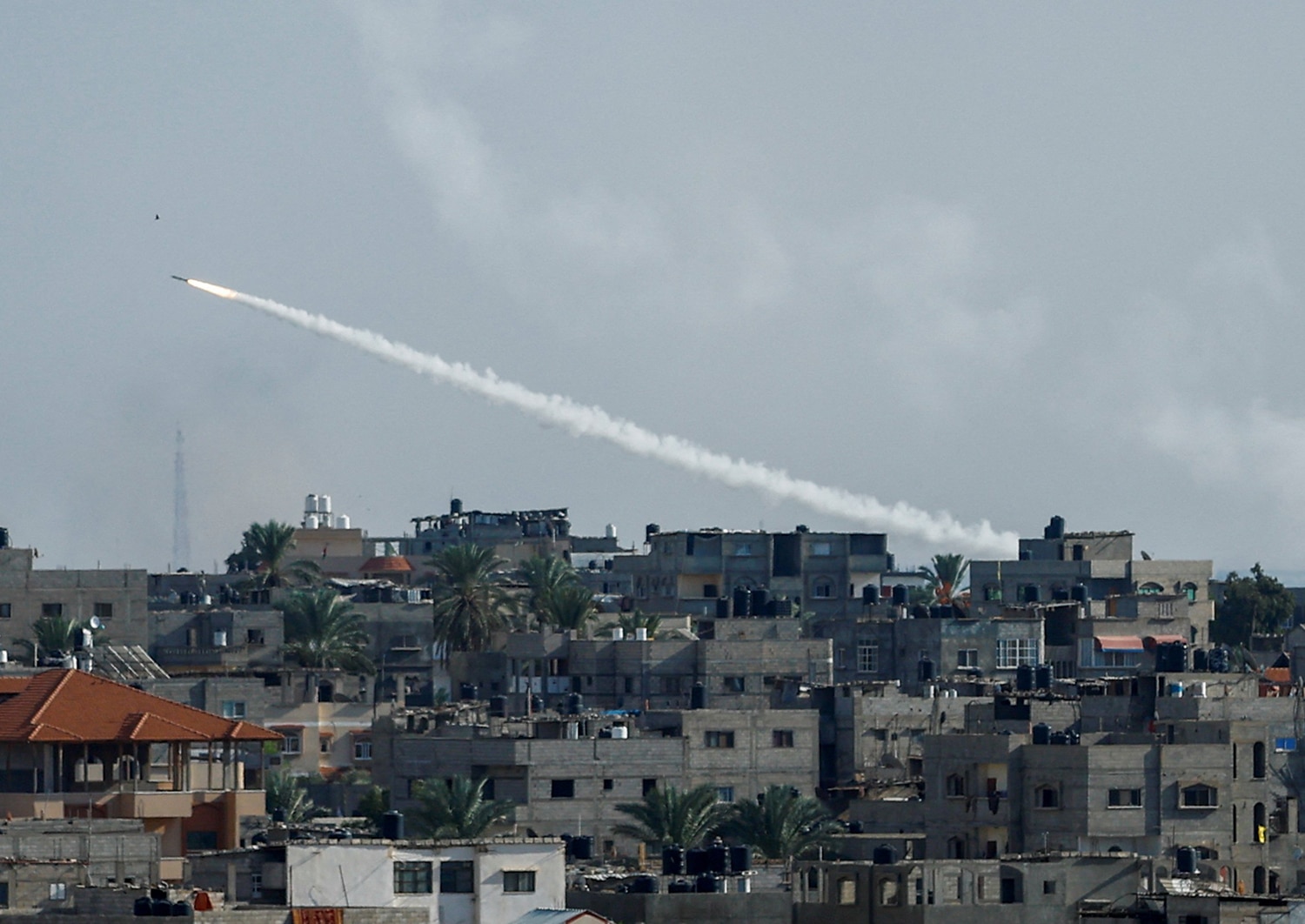(OSV News) — An Armenian Catholic bishop told OSV News that tens of thousands of ethnic Armenians have been “completely disregarded for political and economic profits,” as Azerbaijan takes control over their former home.
According to the United Nations, more than 100,000 residents have now fled Nagorno-Karabakh, a historic Armenian enclave located in southwestern Azerbaijan and internationally recognized as part of that nation.
The exodus, which includes the majority of its population, followed a Sept. 20 ceasefire that ended a longstanding conflict between Nagorno-Karabakh and Azerbaijani forces. The agreement came after a Sept. 19 lightning offensive launched by Azerbaijan troops against the region, known in Armenian by its ancient name, Artsakh.
The attacks, which Azerbaijani forces called an “anti-terror” operation, killed at least 200, including 10 civilians (five of whom were children) and injured more than 400, according to the United Nations Office for the Coordination of Humanitarian Affairs, which cited statistics provided by Nagorno-Karabakh’s ombudsman and human rights defender.
As part of the Russian-brokered ceasefire, Nagorno-Karabakh forces have acceded to Azerbaijan’s demands for complete disarmament. Azerbaijan has arrested several former Nagorno-Karabakh leaders.
The U.N.’s Resident Coordinator in Azerbaijan reported that as few as 50 to 1,000 ethnic Armenians remain in the region, which had been blockaded since December 2022 by Azerbaijan, depriving the enclave’s residents of food, baby formula, oil, medication, hygienic products and fuel.
Following an Oct. 1 visit to the city of Khakhendi (also known as Stepanakert), the U.N. mission reported it was “struck by the sudden manner in which the local population left their homes and the suffering the experience must have caused.”
The U.N. mission said it had not come across “any reports … of violence against civilians.”
However, that statement does not accord with the facts on the ground, said Bishop Mikael A. Mouradian of the California-based Armenian Catholic Eparchy of Our Lady of Nareg.
“It’s sad and painful to see the differences in the narrative about the situation between the reports of the U.N. mission in Azerbaijan and the U.N. mission in Armenia, as if they are speaking about two different realities,” he told OSV News.
Nagorno-Karabakh human rights ombudsman Gegham Stepanyan posted on X (formerly Twitter) Oct. 4 that “the world needs to know about all the episodes of this human tragedy and horror.”
Stepanyan shared an Oct. 2 post by freelance journalist Siranush Sargsyan, which showed what she said was the final image of a 90-year-old woman named Aneshka, who had fled the enclave and died in the arms of her son after reaching Armenia, having been weakened by the nine-month aid blockade.
Previously, Stepanyan said in Sept. 21 tweet that there was “a humanitarian collapse in Artsakh,” and “more than 10,000 evacuated people are currently staying in basements without proper food, water, electricity, and all other basic conditions of living. Azerbaijan is committing a genocide in Artsakh in real time with the tacit consent of the international community.”
Michael Carpenter, U.S. Ambassador to the Organization for Security and Co-operation in Europe, expressed alarm over the swift flight of ethnic Armenians from the region.
“Colleagues, that is nearly the entire ethnic Armenian population of the region,” he said Oct. 5, pointing to “the many harrowing personal stories and … haunting images,” as well as international media footage showing “the city seemingly abandoned, with strollers, toys and wheelchairs now scattered across its main square.”
David J. Scheffer, senior fellow at the nonpartisan U.S.-based Council on Foreign Relations, said in an Oct. 4 analysis that “the ethnic Armenian population of the Nagorno-Karabakh enclave … a largely Christian community in a predominantly Muslim nation, is experiencing ethnic cleansing at warp speed.”
Days earlier, Rep. Chris Smith, R-N.J. — a Catholic lawmaker who recently chaired two congressional hearings on the plight of Armenians living in Nagorno-Karabakh and authored the Azerbaijan Democracy Act in 2015 — had introduced the “Preventing Ethnic Cleansing and Atrocities in Nagorno-Karabakh Act of 2023 (HR 5686),” calling for the U.S. State Department to create a detailed strategy to promote long-term security and well-being of ethnic Armenians in Nagorno-Karabakh.
Bishop Mouradian said Nagorno-Karabakh’s fleeing residents — whom Armenia is working to welcome — have become the victims of political expediency.
“The narrative of the U.N. mission in Azerbaijan seems like if they are speaking about an illusional reality,” Bishop Mouradian told OSV News. “It saddens me to read and witness that the suffering of an entire nation can be completely disregarded for political and economic profits.”
The head of the Armenian Apostolic Church, Catholicos Karekin II, echoed that lament in an Oct. 1 message.
“The response of the world to the aggressive, genocidal actions of Azerbaijan was inadequate,” Karekin II said, adding that Armenia’s government policy on Nagorno-Karabakh and political divisiveness had “led to the loss of Artsakh.”
He designated Oct. 1 as a “day of prayer for Artsakh,” urging Armenian Christians to “be kind and supportive to our exiled brothers and sisters, consoling them in their pain and troubles, and showing the necessary care for their existence and needs.”







